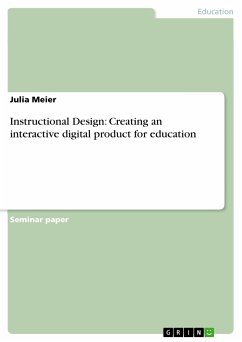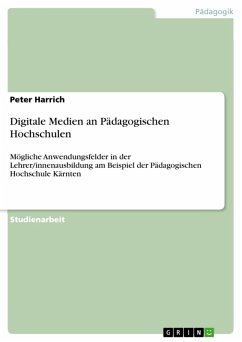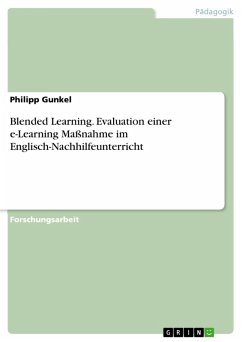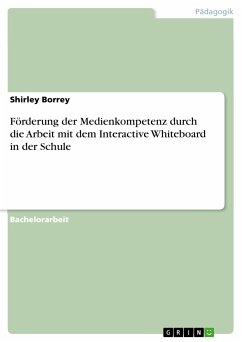Seminar paper from the year 2020 in the subject Pedagogy - Media Pedagogy, grade: 1,7, University of Hagen, course: Modul 3 - Entwicklung und Evaluation von digitalen Medien, language: English, abstract: This paper has the aim to address the following research question: How does the interactive digital media product meet the quality criteria, outlined in LORI, to support learning? In order to answer these research question, first the proto-type was developed and implemented. After that evaluation and analysis took place. In more detail, the structure of this paper is based on the ADDIE model. In chapter 2 the ADDIE model is described. Chapter 3 analyses the topic, the target group and learning goals. Whereas chapter 4 focuses on the design and development. That means the focus is on the design, different theories and models and how to connect them with the results from chapter 3. The research question and the hypothesis are also introduced in chapter 4. A few important explanatory notes about the implementation are in Chapter 5. In order to answer the research question the collected data and methods are described and analysed in Chapter 6. This paper will close with a conclusion.
Dieser Download kann aus rechtlichen Gründen nur mit Rechnungsadresse in A, B, BG, CY, CZ, D, DK, EW, E, FIN, F, GR, HR, H, IRL, I, LT, L, LR, M, NL, PL, P, R, S, SLO, SK ausgeliefert werden.









